
Developers: Grasshopper Manufacture, Marvelous Inc., Engine Software
Publishers: Nintendo Switch, Ubisoft, Marvelous Entertainment Inc., Rising Star Games, Marvelous Inc., XSEED Games
Platform: Nintendo Switch
Tested On: Nintendo Switch
No More Heroes 1 & 2 – Review
Originally released in 2007 and 2010 respectively, both No More Heroes games became beloved cult classics. With the upcoming release of No More Heroes 3, both games have been ported to the Nintendo Switch to raise anticipation for the sequel. We were lucky enough to be able to see what Travis had in store for us, both in handheld as well as on the big screen.
Story
Both games revolve around the assassin Travis Touchdown and his climbs to the top of the assassin rankings. During the first game, Travis’ main motivation is the thrill of battle and becoming the very best, but during the second it becomes a story of revenge.
Along the way of both games, he meets different quirky characters, each with their own personalities and interactions but never losing the game’s sense of humor. These characters are not limited to the other assassins Travis faces though, with other NPCs appearing in the city of Santa Destroy for Travis to interact with.
Neither of the two games takes itself too seriously, with constant fourth wall breaks, sarcastic dialogue and satire. The dialogues and comedy take a front seat before the story itself, which is mostly there to justify them. This doesn’t subtract from the experience though as the game knows its objective and doesn’t shy away from pursuing it.
Graphics
Being a couple of direct ports, both games have the same graphics they had over 10 years ago. Luckily the cel-shaded style has aged well, meaning the game still looks pretty good even if a tad dated.
Arguably the best part of the NMH series would be the absolutely over the top designs for its characters, making all bosses and NPCs completely unique and special. Obviously the same can’t be said about the small fry thugs fought through the levels, but they’re still varied enough to not always be identical.
Sound
While the sound design in both games is quite good, NMH2 arguably takes the prize on the soundtrack side of it. This is due to a simple reason; NMH1 repeats its songs a lot, while NMH2 includes a lot more variation in its tracks. Besides this main difference, both games share very similar SFX and are voice acted equally as good, although the second has somewhat more dynamic cutscenes.
Gameplay
Both NMH games feature hack and slash gameplay with plenty of mechanics and minigames peppered in. The main difference between both titles is how the different systems are handled, with NMH2 streamlining a lot of it (arguably for the better). Eventually it boils down to mastering down the mechanics laid out before you, and then defeating a horde of enemies that are thrown at you.
The core loop of the games consists of Travis visiting different levels where, after clearing some rooms full of thugs, he duels whichever assassin is next in the ladder. After beating them, his rank increases allowing him to fight the next. In NMH1 these levels are rather long with large amounts of enemies to slay before reaching the boss, which can become tedious after a while. Luckily, in NMH2 most levels are shortened in order to offer the same experience while reducing the filler.
In-between each ranking battle, Travis can visit different places in Santa Destroy, such as the gym or Naomi’s lab, in order to obtain upgrades. There are also small side missions that can be cleared in order to obtain some cash, which is where a big difference between the games comes in. In NMH1 these missions are required to access the following ranked battles, each having a buy-in cost, while in NMH2 they are optional.
Even though these side missions are not poorly made by any means, they do break the pacing of the game. It doesn’t particularly help their cause how their design in NMH1 barely offers anything other than using already known mechanics in different, goofier, contexts such as kicking trees to pick up coconuts. As the trend goes, this does get solved in NMH2 by, as previously mentioned, making side missions optional as well as turning them into actual minigames featuring a pixel version of Travis and unique mechanics.
The core mechanics of the games’ combat are rather simple but come in a large amount. During fights, Travis can attack with both high and low attacks, which can be comboed and should be alternated to bypass the enemies parrying. On top of this, Travis can use lethal and non-lethal attacks, both working with the same “high-low” system on top of being chargeable for more damage. While the first are straightforward enough, the second are utilized to stun enemies in order to wail on them or use a suplex attack.
Upon using a suplex attack, the player will be prompted into a QTE where they will need to move the joysticks in a certain direction, which is how finishers also work after reducing an enemy’s health to zero. Once a finisher has been used, another mechanic comes into play, this being a slot machine that will randomly grant Travis powers, such as invincibility or turning into a tiger.
Travis is not only limited to attacking though, seeing as he can also parry and dodge enemy attacks. In order to do so, the “lock-on” button must be pressed, parries becoming automatic and dodges occurring after moving the joystick. This proves to be a fairly straightforward system and an easy one to work with.
In NMH2 Travis also has the possibility to go into a powered-up mode by filling up a gauge through not getting hit and dealing damage. This mode heavily increases his speed, resistance and damage, making fights much faster while rewarding good gameplay. This is mainly an incentive for not just mashing buttons the entire time, thus actually trying to learn the game properly.
Conclusion
No More Heroes 1 & 2 are very good games with very entertaining, fast-paced gameplay. With snarky humor, fun characters and a lot of self awareness, both NMH games are very recommendable experiences. Going for $/€ 19.99 each, they have a very affordable price even without the option of bundling them. While the second game is definitely a more polished experience, and the stories mostly hold up on their own, they are both very recommendable games. Since our page’s scoring system only allows for one score, it will be the average between the two games. The first would be a solid 8 with the second going up to a 9, meaning as a series they would add up to an 8.5 out of 10.
Personal Opinion
“I had a lot of fun with No More Heroes, especially with the second after it addressed my gripes with the first. Although NMH1 is still pretty good, seeing as the combat in both is virtually the same, the forced side missions and constantly having to manually traverse Santa Destroy put me off from the experience. For anyone on the fence between buying 1 or 2, I definitely would recommend the second game, but buying both would still be a good idea for those who think the filler can be dealt with. Also, Travis has a cat and she can be pet and in the second game even be played with, which obviously increases the score of the games to a solid 10 in my book.”
No More Heroes 1 & 2 - Review,
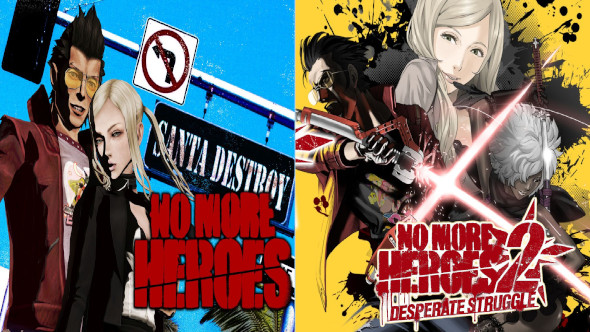
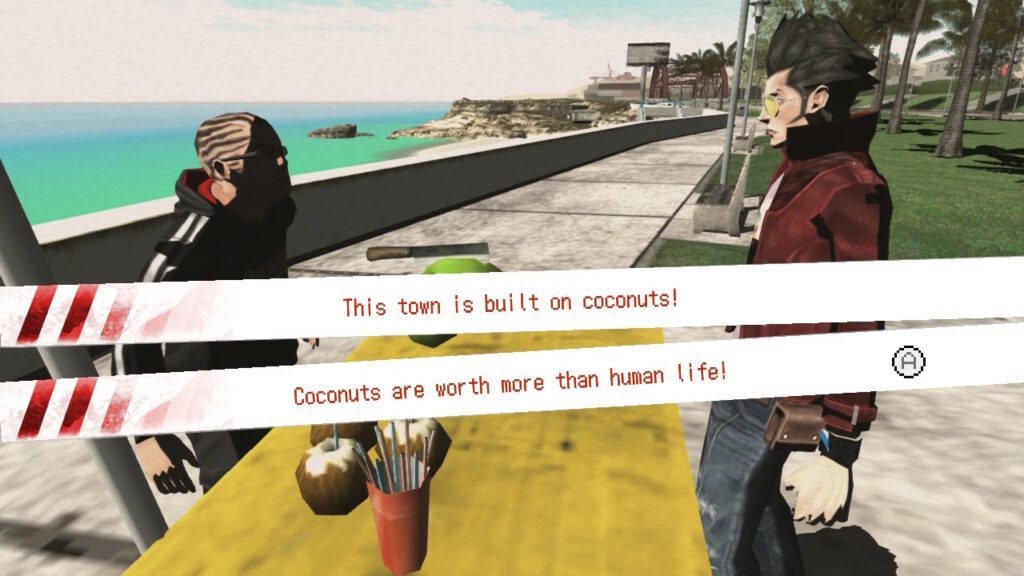
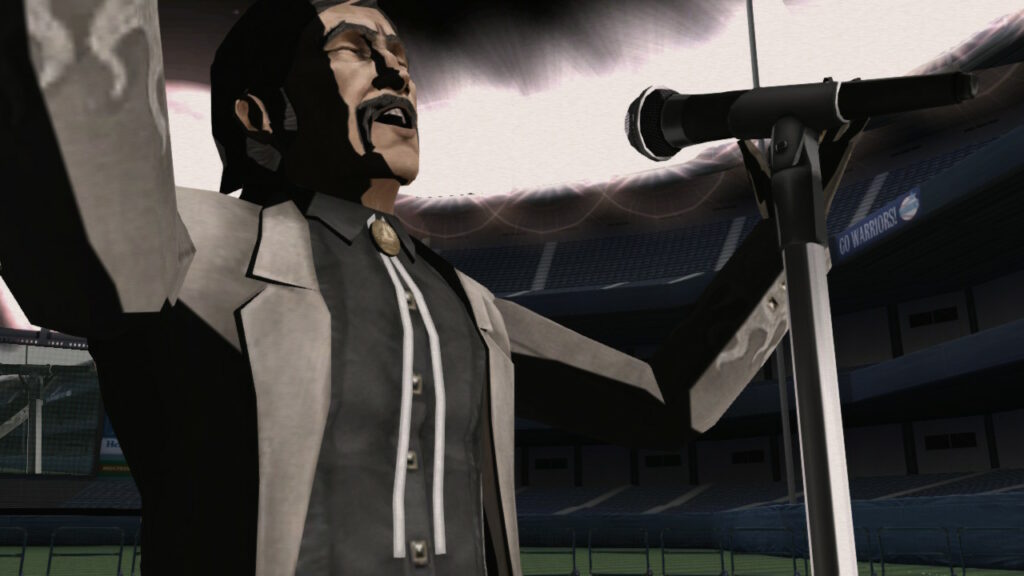
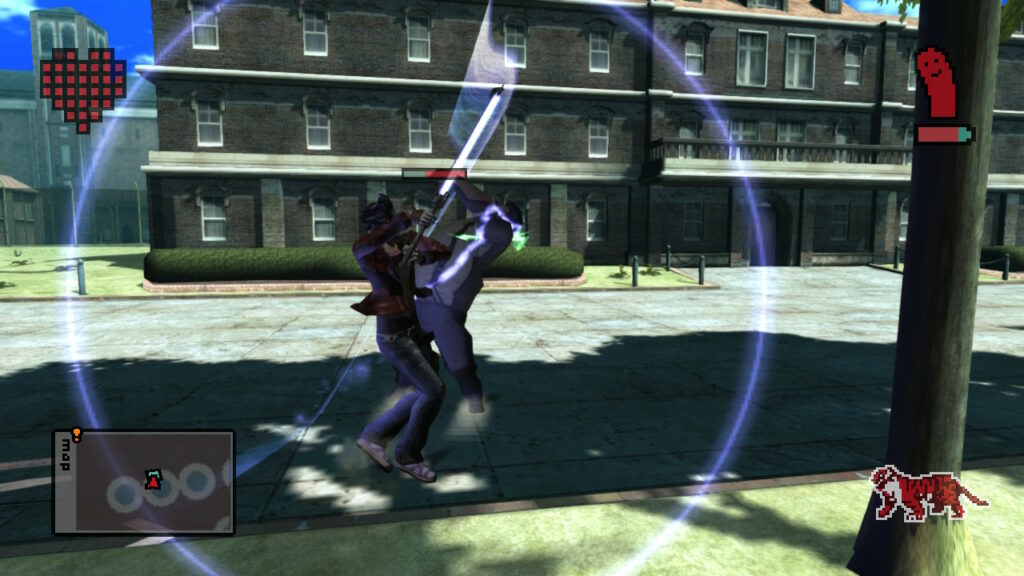
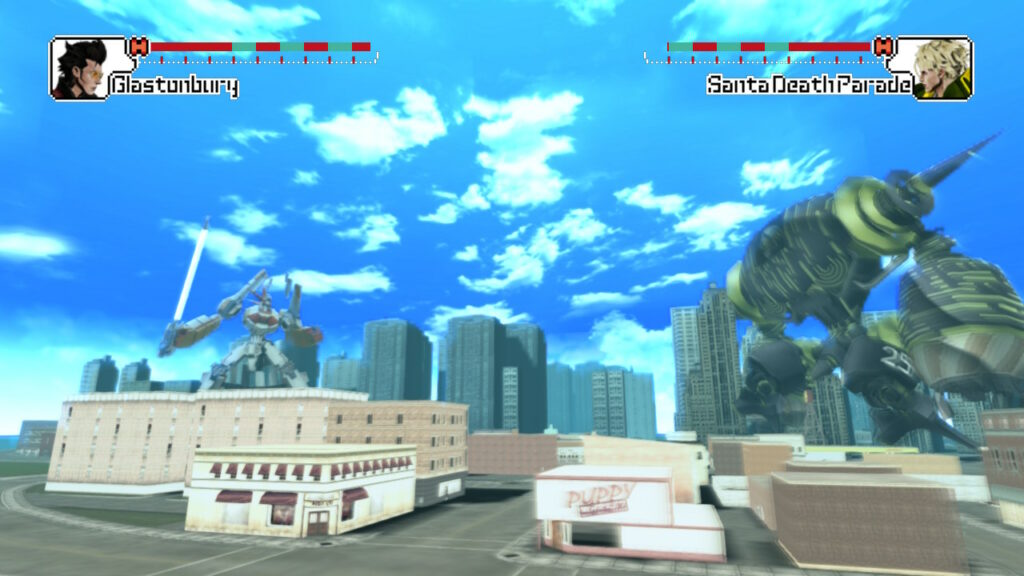
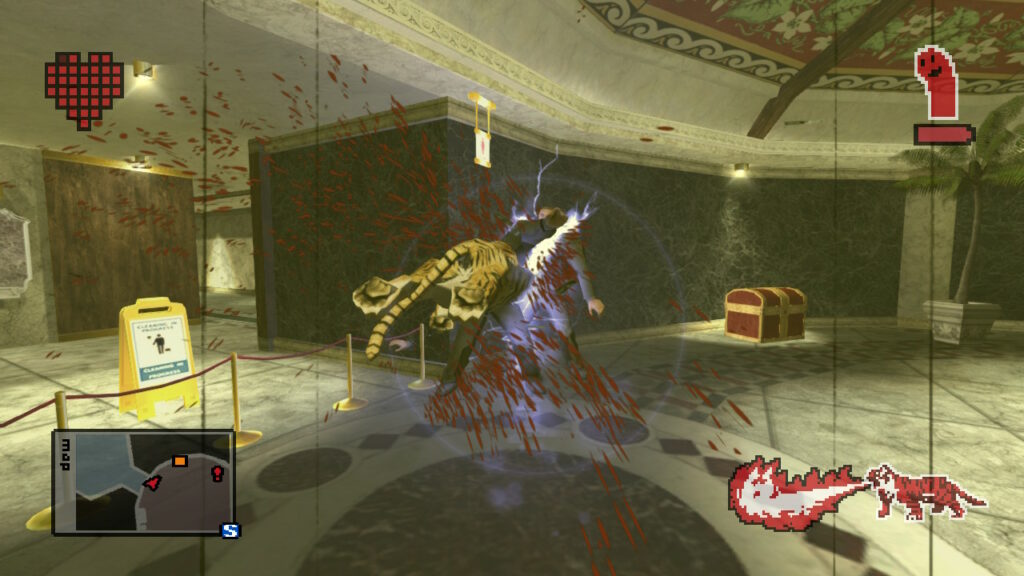
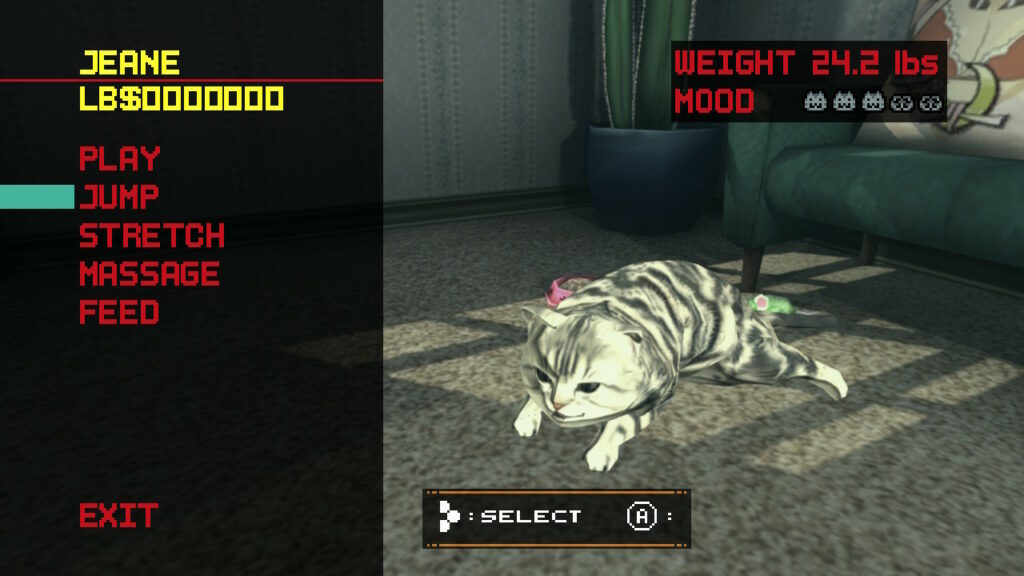
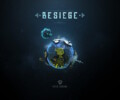


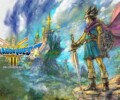
No Comments